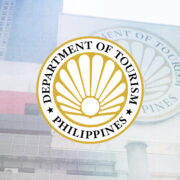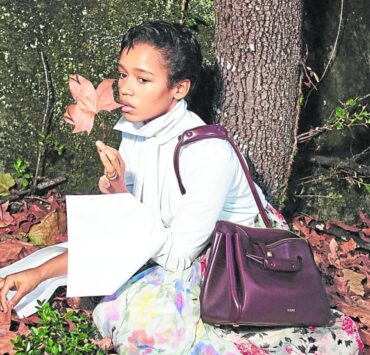Experience is key to K-beauty’s edge
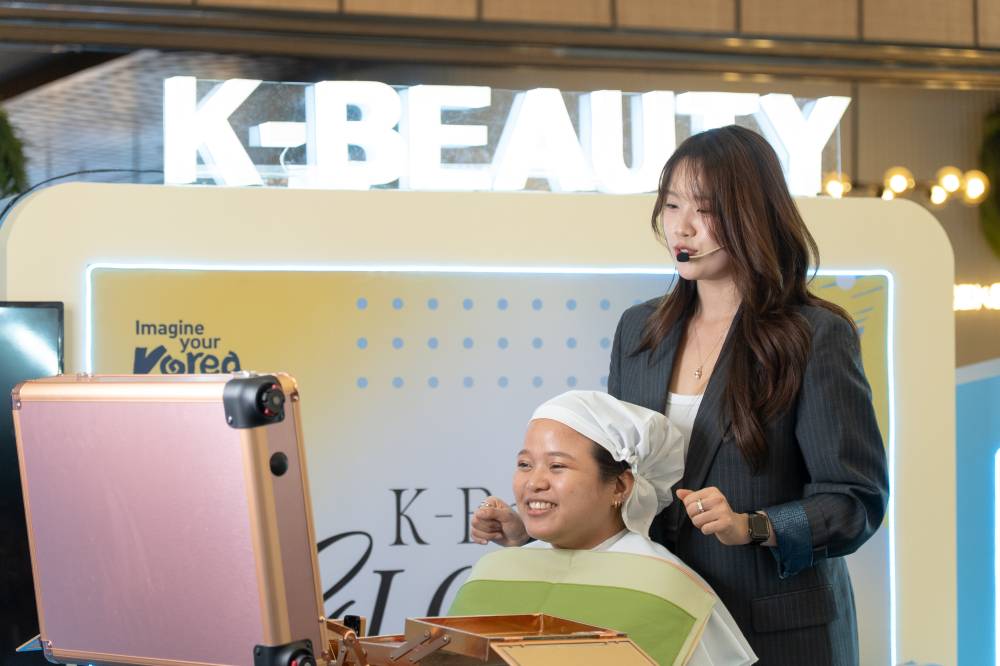
K-beauty isn’t about following trends—it’s about writing the playbook. Through innovation, rituals, and a local boost, it has become one of South Korea’s most influential tools of soft power.
It made use of everything in its arsenal, including tapping K-drama and K-pop personalities for a wider global reach. There are conscious steps toward inclusivity, with products that cater to the diverse needs of its audience. A few years ago, it would’ve been very difficult to find a foundation that would match the darker morena shade of Pinoy skin.
Last year, Tirtir expanded its Mask Fit Red Cushion line to an impressive 40 shades from the initial three it launched in 2023. This was a direct response to feedback from content creators saying that there was nothing in their skin tone.
K-beauty’s success wasn’t an overnight thing. When the 10-step skincare routine came out in 2014, almost everyone complained, “Who has the time to do it?” Fast forward to 2025, and everybody who cares about their skin knows how to layer the products. They now understand that the 10 steps are a guide, not the law.
But perhaps one of the reasons for K-beauty’s dominance is that it built awareness the old-fashioned way: by handing out free samples.
Shops in Myeongdong routinely slip several sachets of their newest products into shoppers’ bags with no minimum purchase. Olive Young even took it a step further, installing vending machines that dispense samples to tourists. Flagship stores also offer activities and stations where visitors can try products with no strings attached.
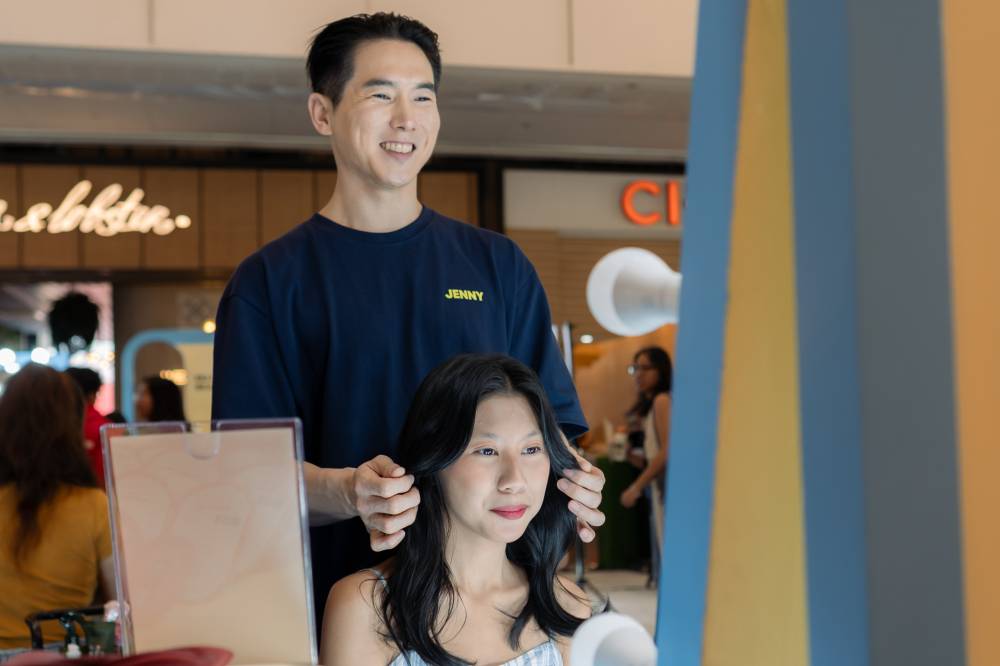
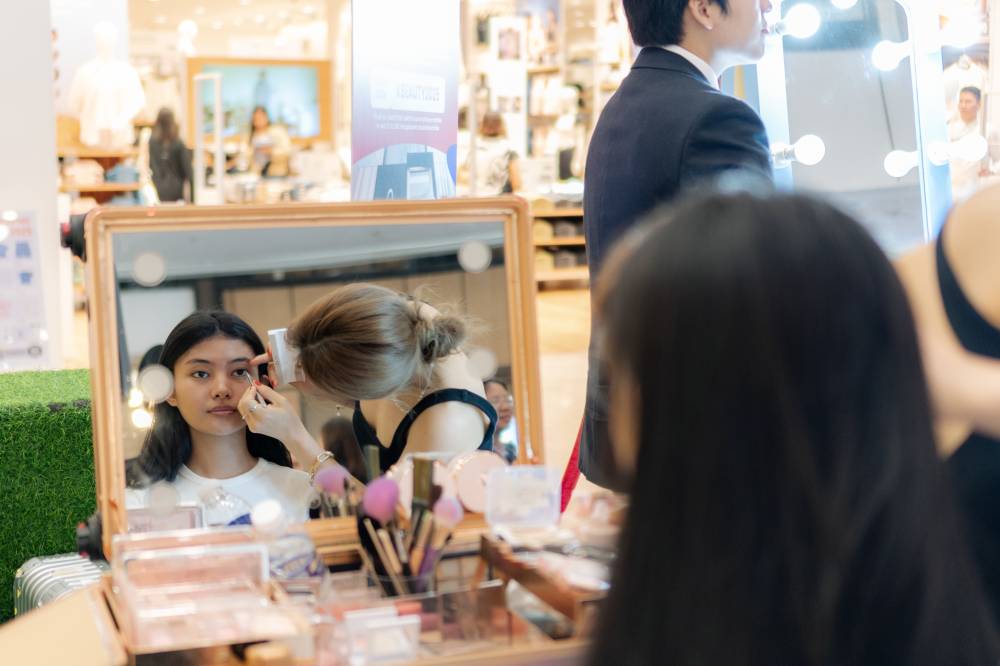
Service
This is the culture of serbisu or service, where the English word has come to mean free in South Korea—something that the Korean Cultural Center in the Philippines (KCC) and the Korea Tourism Organization (KTO) knew when they rolled out “K-Beauty Glow-Up” on April 25–27 at the upper ground floor of SM Aura. Guests were able to try offerings from different brands for free.
“There is no hair trend in Korea right now,” Han Ji-hoon of Jenny House said. “Koreans go to a salon, maybe request to have their hair styled the way they’ve seen a K-pop idol do it. But then if it doesn’t suit them, they would come back and change it again.”
The hairstylist dropped three sample sets into my paper bag the moment he found out I’d been following their Instagram accounts—even before I sat in the styling chair. Smiling, he said he usually gives out just one. Instantly, I felt special. That’s the kind of feeling the service culture is designed to create.
Han added that they tend to choose a style that suits the shape of their faces rather than what is popular. Again, he said that they are unafraid to try things, but they will also almost always stick to something they know works for them.
He acknowledged that a lot of tourists’ idea of what a Korean hairstyle looks like is based on what they see on K-pop idols. It’s the driving force of their industry, he said.
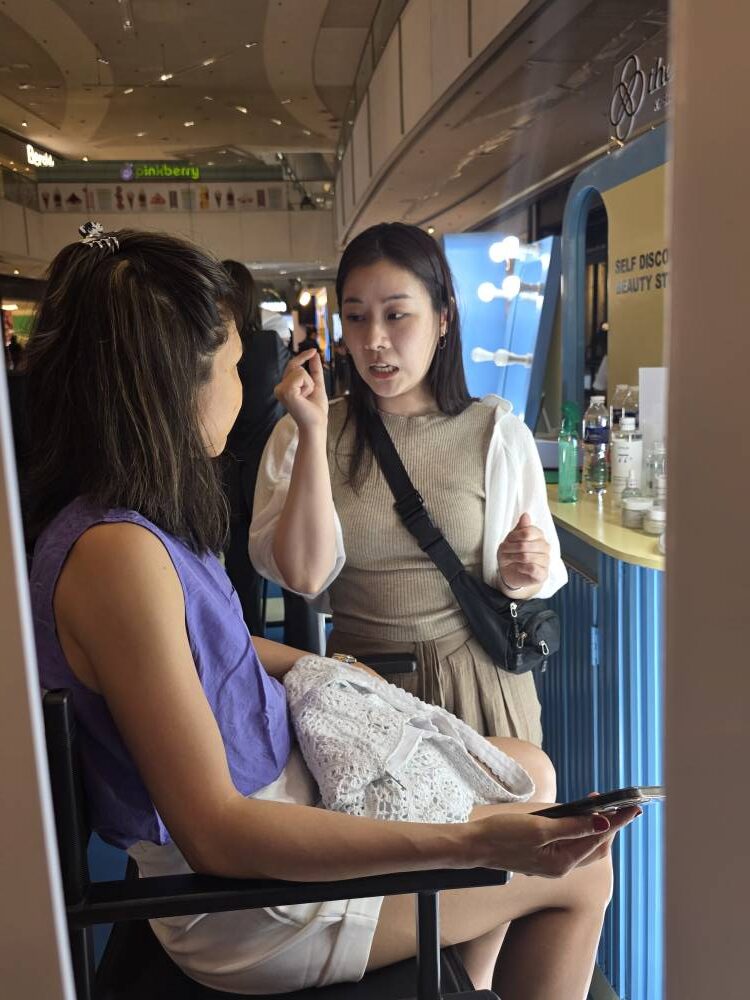
Personalized
The Bom booth offered personalized skin tips to their guests. One of them was Claire Cadampog, who is a loyal La Mer user. After her session, she said that she was willing to give the recommendations a try, and they were toner, serum, and creams. While she does have those products at home, it’s the way it was explained to her that won her over.
“She (the skin technician) just did it differently. At home, I just pile it on. Maybe I’ve been doing it wrong!” she said. She will be ordering the products recommended to her online and said that if she didn’t like them, she could always give them away.
That’s also one of the advantages of Korean skincare. Some brands are cheaper alternatives to known Western products, making them virtually risk-free to try—and they also seem cooler than their usual drugstore counterparts.
“I am proud to say that the Philippines’ leading role in K-beauty includes over 70 percent of Filipino respondents expressing high interest in Korean beauty trends and products,” said Korean ambassador Lee Sang-hwa. “That’s the highest score of the 28 countries surveyed.”
In the end, K-beauty’s rise isn’t just about products that work. It’s the experience, community and confidence it inspires. With every sachet and well-matched foundation, it continues to shape global beauty standards in ways that feel personal, inclusive, and cool.







